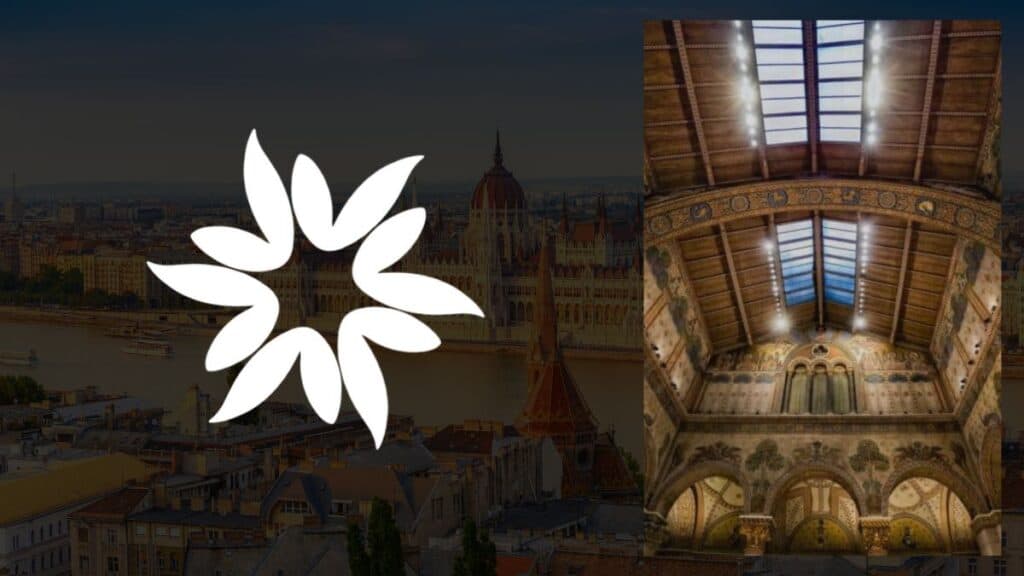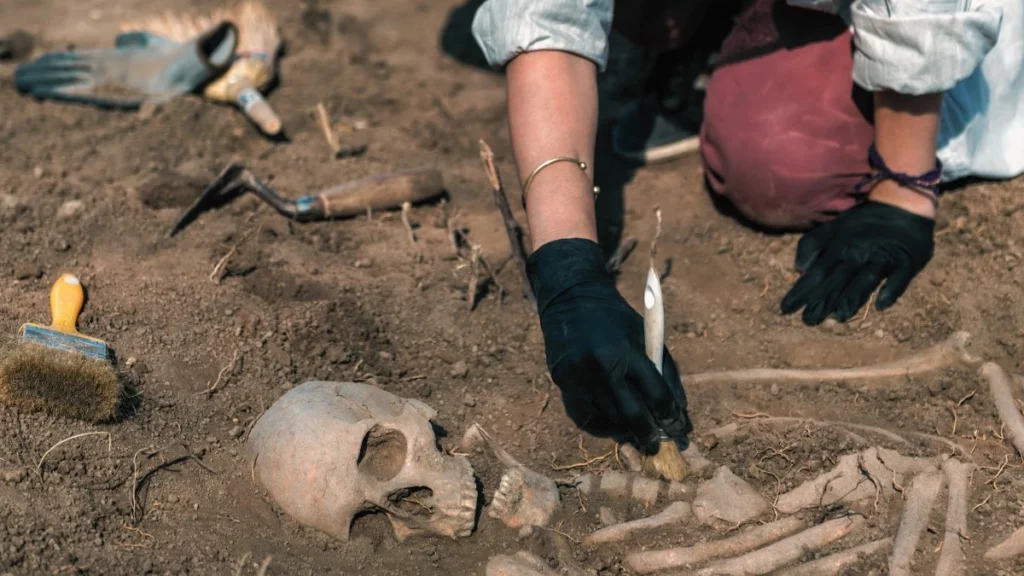Key Takeaways
- Alexander the Great's engineering feats during his conquests demonstrated his exceptional military and innovative skills.
- The sieges of Tyre and Gaza, two well-fortified ancient cities, were examples of Alexander's engineering prowess.
- To capture Gaza, Alexander ordered his troops to fill the moat with sand and debris, allowing them to construct a large earthen ramp to breach the city's walls.
- To conquer Tyre, which was originally an island and had high walls, Alexander ordered the construction of a large causeway (or mole) using rubble from demolished buildings on the mainland.
- Alexander's engineering marvels during the sieges of Gaza and Tyre not only enabled his military victories but also left lasting impacts on the geography and urban development of the regions.
Alexander the Great, renowned for his military prowess, also demonstrated exceptional engineering skills during his conquests.
His ability to overcome seemingly insurmountable challenges is evident in the sieges of Tyre and Gaza, two ancient cities with formidable defenses.
In both cases, Alexander utilized innovative engineering strategies to defeat the enemy and cement his rule in the region.
The Siege of Gaza – A Well-Fortified Hilltop City
Gaza was a strategically important city that controlled the main trade route between Egypt and Mesopotamia.
The city was located on a hill, protected by a massive wall and a deep, dry moat.
As Alexander the Great moved through the region in 332 BCE, he understood the significance of capturing Gaza to ensure uninterrupted trade and establish his dominance over the Egyptian territories.
Alexander’s forces initially faced difficulty in breaching Gaza’s defenses due to the height of the hill and the challenge of crossing the moat.
In response, Alexander employed a bold engineering solution: he ordered his troops to fill the moat with sand and debris, which allowed them to construct a large earthen ramp to reach the city walls.
Despite facing fierce resistance from the city’s defenders, Alexander’s army managed to break through the walls and ultimately capture Gaza after a two-month siege.
The Siege of Tyre – An Ingenious Causeway to an Island Fortress
Meanwhile, Tyre, an ancient Phoenician city in modern-day Lebanon, was a vital trade center and seaport.
Originally an island, Tyre boasted impressive high walls and a reputation for impregnability, having withstood several sieges, including a 13-year effort by Babylonian King Nebuchadnezzar.
In 332 BCE, after defeating Darius III, Alexander arrived in Phoenicia with the goal of capturing Tyre, which served as the Persian’s last harbor in the region.
Lacking a naval fleet and unable to gain entry through trickery or negotiation, Alexander devised an ingenious plan to conquer the island city.
In 332 BCE, after defeating Darius III, Alexander arrived in Phoenicia with the goal of capturing Tyre, which served as the Persian’s last harbor in the region.

Building a Causeway to Conquer Tyre
Determined to capture Tyre, Alexander ordered the construction of a large causeway (or mole) across the narrow channel using rubble from demolished buildings on the mainland.
As the mole neared the island, the Tyrians harassed Alexander’s builders, who then built two 50-meter high siege towers to defend the mole.
The Tyrians used a fireship to destroy the towers and parts of the causeway, but Alexander remained undaunted. He rebuilt the causeway and set off to gather a fleet of over 250 vessels.
Returning with his superior fleet, Alexander resumed construction on the mole and extended it all the way to the city.
His forces breached the walls at the southern end and quickly captured the city. The conquest came at a high cost to the Tyrians: 6,000 men were killed in action, 2,000 were crucified, and another 30,000 were sold into slavery.
Lasting Impact on Geography and Urban Development
Alexander’s engineering marvels during the sieges of Gaza and Tyre not only enabled his military victories but also left lasting impacts on the geography and urban development of the regions.
The construction of the mole that connected Tyre to the mainland formed a wide, heavily urbanized peninsula, changing the coastline permanently.
Meanwhile, the earthen ramp used to breach Gaza’s walls left a reminder of the ingenuity that allowed Alexander the Great to conquer seemingly impregnable cities and expand his empire.








